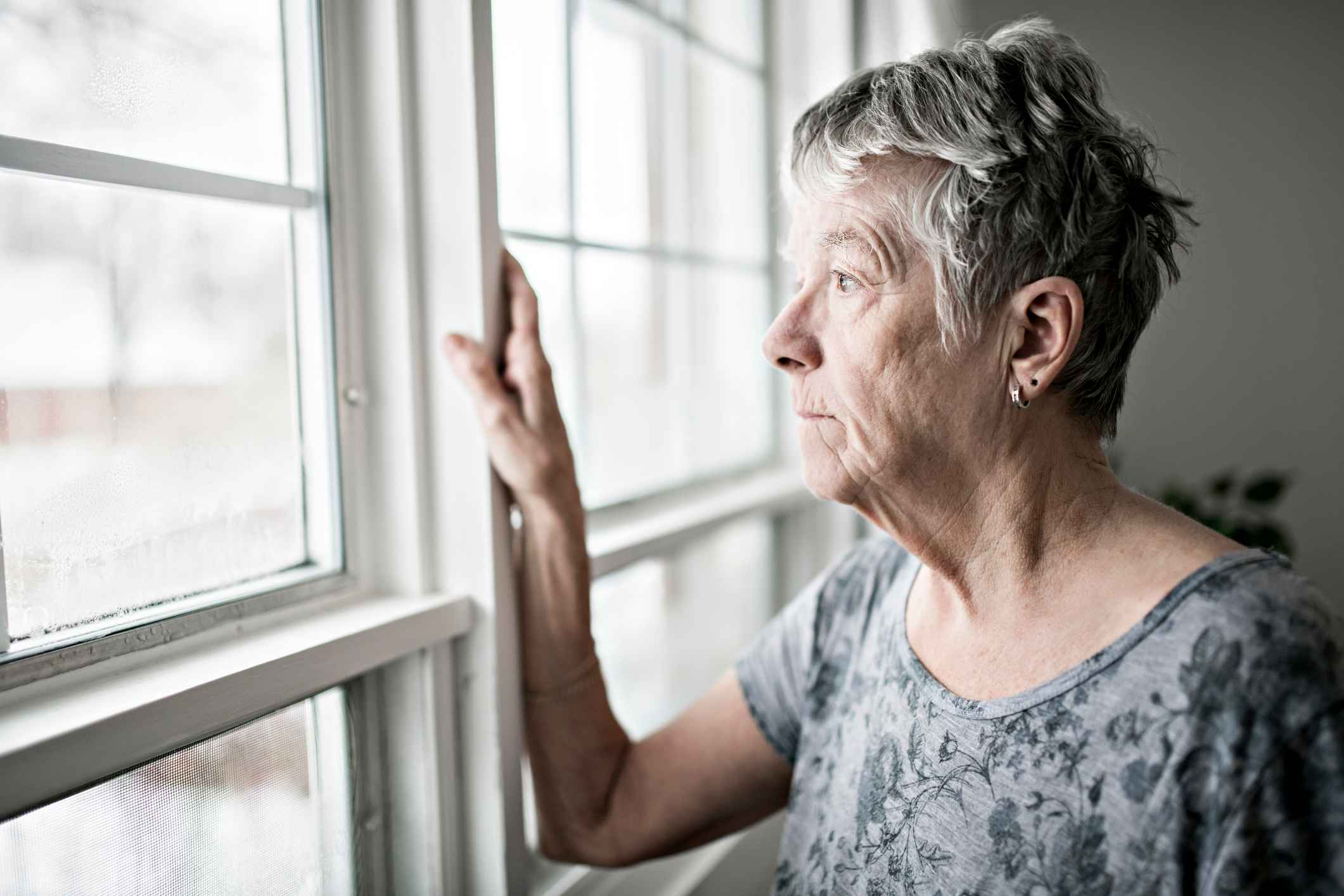When a loved one develops a bedsore in a nursing home, it may be a sign of neglect. Pressure ulcers, called bedsores, are largely preventable with proper repositioning, skin checks, and attentive care. Yet too many facilities fail to meet these basic standards. According to the Centers for Disease Control and Prevention, nearly 1 in 10 nursing home residents experience pressure ulcers during their stay. The Journal of the American Geriatrics Society reports that over 60% of these ulcers affect residents who rely entirely on staff for mobility, underscoring how critical consistent care really is.²
If your family member is dealing with this painful condition, you deserve answers and legal support. Understanding nursing home bedsore liability in Florida claims can help you hold facilities accountable and protect your loved one’s dignity and well-being.
Key Takeaways
- Facilities must conduct risk assessments at admission and maintain individualized care plans with documented two-hour repositioning schedules.
- Bedsores in mobile patients indicate potential neglect, especially with multiple residents showing similar injuries or rapid progression.
- The Federal Nursing Home Reform Act and Florida Statute 400.022 establish mandatory care standards for nursing home facilities.
- Expert medical testimony is essential to prove that pressure ulcers were preventable and resulted from negligent care practices.
- Florida law requires filing negligence lawsuits within two years of injury identification, with medical records requested within 30 days.

Understanding How Bedsores Develop in Care Facilities
When you entrust a loved one to a nursing home, you expect the staff to deliver safe and attentive care. Unfortunately, pressure ulcers, commonly called bedsores, remain a frequent problem in long-term care. The Agency for Healthcare Research and Quality estimates that over 2.5 million people in the United States develop pressure ulcers yearly, many of which occur in care facilities. These wounds begin when constant pressure reduces blood flow to the skin and can rapidly progress without intervention.
Certain conditions, such as immobility, malnutrition, and chronic illness, increase the risk. According to the National Pressure Injury Advisory Panel, up to 95% of pressure ulcers are preventable with vigilant care, including repositioning, skin assessments, and pressure-relieving mattresses.
By recognizing early warning signs like redness, swelling, or open sores, you can better understand the liability for nursing home bedsore liability in Florida that families may face when facilities fail to protect residents.
Legal Standards and Regulations for Nursing Home Care in Florida
Understanding bedsore development helps identify negligence, but holding facilities accountable requires knowledge of Florida’s legal requirements. You should know that nursing homes must follow strict compliance standards that safeguard resident rights under both federal and state law.
The Nursing Home Reform Act and Florida Statute 400.022 establish mandatory care standards, including:
- Conducting thorough risk assessments using validated tools such as the Braden Scale upon admission
- Implementing individualized care plans with documented repositioning schedules every two hours
- Maintaining accurate records of skin assessments, nutritional status, and preventive interventions
Despite these rules, the U.S. Department of Health and Human Services reports that over 20% of nursing homes nationwide were cited for deficiencies in pressure ulcer care. In Florida, the Office of the Inspector General found that staffing shortages remain a leading cause of noncompliance.² Recognizing these violations helps you understand when failures become actionable under nursing home bedsore liability in Florida law.
Recognizing Signs of Neglect Leading to Pressure Ulcers
How can you tell if your loved one’s bedsores resulted from neglect rather than unavoidable medical complications? You will notice clear warning signs when care facilities fail to follow basic preventive measures.
Look for these red flags:
- Residents are left in the same position for long periods without repositioning
- Soiled bedding or clothing that goes unchanged
- Signs of dehydration, weight loss, or malnutrition
- Missing or incomplete documentation of skin checks and care plans
- Bedsores that worsen quickly from Stage 1 to advanced stages
- Multiple residents are showing similar untreated wounds
These indicators show how to spot nursing home neglect before it causes life‑threatening harm. The National Institutes of Health found that 95% of pressure ulcers are preventable with proper care. The Agency for Health Care Administration reports that staffing shortages are among the most frequent violations in Florida. Both issues can form the basis for liability for nursing home bedsores in Florida claims.
Establishing Negligence in Bedsore Cases

While medical experts recognize that some pressure ulcers may be unavoidable in terminally ill patients, you will need specific evidence to prove negligence caused your loved one’s injuries. Florida courts evaluate whether facilities complied with established protocols and standards of care when reviewing these cases. You can strengthen your claim by documenting:
- Inadequate resident assessments: Missing Braden Scale evaluations or failure to identify high‑risk patients upon admission
- Deviation from care plans: Proof that staff ignored prescribed repositioning schedules or skin monitoring protocols
- Staffing deficiencies: Logs showing too few personnel to provide the required care during your loved one’s stay
The Centers for Medicare & Medicaid Services reports that more than 17% of Florida nursing homes face citations related to pressure ulcer care. Research by AHRQ shows that 95% of pressure ulcers are preventable with proper attention. These findings highlight why families often turn to experienced nursing home abuse lawyers to pursue justice through nursing home bedsores liability in Florida claims.
Types of Damages Available for Pressure Ulcer Claims
Suppose your loved one has suffered from pressure ulcers because of nursing home negligence. In that case, you can recover compensation that addresses their injuries’ financial and emotional toll. Florida law recognizes several categories of damages that can apply in these cases:
- Economic damages: Medical bills for wound care, hospital stays, surgeries, rehabilitation, medications, and equipment such as pressure‑relieving mattresses
- Non‑economic damages: Pain and suffering, emotional distress, and loss of enjoyment of life
- Punitive damages: Additional compensation when a facility’s conduct rises to the level of gross negligence or intentional misconduct
- Wrongful death damages: Funeral costs, medical bills, and loss of companionship if pressure ulcers result in deadly complications such as sepsis
Studies show that treating a single advanced bedsore can cost $70,000. State records also reveal that nursing home neglect ranks among the most frequent violations in Florida facilities. These realities underscore why families must understand nursing home bedsores liability in Florida when pursuing justice.
The Role of Documentation and Medical Records in Building Your Case

Since pressure ulcer cases depend on proving negligence, you will need strong medical documentation to show how the facility failed to meet standards of care. Your evidence strategy should focus on records highlighting lapses in prevention and treatment. Critical documents include:
- Risk assessment tools, such as the Braden Scale scores, that reveal your loved one’s vulnerability were not adequately evaluated.
- Repositioning logs showing gaps in the required two‑hour turning schedule.
- Wound care notes indicating delayed treatment or inadequate interventions.
According to The Joint Commission, poor documentation is a leading factor in nearly 40% of adverse events in healthcare settings. The Journal of the American Medical Directors Association also found that facilities with incomplete records had significantly higher rates of pressure ulcer complications. These records are vital when pursuing nursing home bedsores liability in Florida, helping you and your attorney expose neglect and demand accountability.
Filing Deadlines and Statute of Limitations for Florida Residents
Your strong documentation won’t help if you miss Florida’s strict filing deadlines for pressure ulcer claims. You have two years from identifying the injury to file your nursing home negligence lawsuit. Understanding claim requirements and filing procedures protects your right to compensation.
| Filing Component | Deadline | Critical Action |
|---|---|---|
| Initial Claim | 2 years from identification | File a lawsuit with proper documentation |
| Medical Records | Within 30 days | Request all facility records |
| Expert Testimony | Before trial | Secure medical expert opinions |
Don’t wait until memories fade or evidence disappears. Florida courts strictly enforce these deadlines, and missing them means losing your chance for justice. Start gathering documentation immediately after identifying the bedsore. Contact an experienced attorney who understands filing procedures to guarantee you meet all claim requirements within the statutory timeframe.
Selecting the Right Legal Representation for Your Bedsore Claim
How do you find an attorney to champion your bedsore case against powerful nursing home corporations effectively?
Choosing attorneys requires careful evaluation of their specific experience with pressure ulcer litigation. You’ll need representation that understands medical complexities and Florida’s nursing home regulations.
When evaluating experience, prioritize:
- Track record in nursing home cases – Verified settlements and verdicts demonstrate capability against well-funded facilities
- Medical knowledge – Understanding pressure ulcer staging, infection risks, and treatment protocols strengthens your case
- Resources for investigation – Access to medical experts and investigators who can document negligence patterns
Your attorney should offer compassionate support while aggressively pursuing accountability.
Look for firms with recognized credentials, such as Super Lawyers designation or Million Dollar Advocates Forum membership, which indicate proven success in severe injury cases.
Who Can Be Held Responsible for Nursing Home Bedsores Liability in Florida?

When a resident develops preventable bedsores, responsibility does not fall on one person alone. Depending on the circumstances, the liability of nursing home bedsores in Florida can extend to multiple parties.
Nurses and aides may be liable if they ignore repositioning schedules or miss early signs of skin damage. Supervisors and administrators can be accountable when they allow understaffing, fail to train staff, or disregard repeated complaints. The nursing home may also be liable when unsafe policies or poor oversight create conditions where bedsores develop. Outside medical providers may sometimes share responsibility if improper wound care or delayed treatment worsens the injury.
At Calandro Law, we examine every layer of responsibility to build a strong case for your family. By holding all parties accountable, we help you pursue the compensation your loved one deserves while demanding safer standards of care for others.
When Should You Pursue a Claim for Nursing Home Bedsores Liability in Florida?
You should consider legal action as soon as you notice signs that a loved one’s bedsores may have been caused by neglect. Bedsores that progress quickly, appear in multiple areas, or are left untreated often point to systemic failures in care. Florida law sets strict deadlines for filing personal injury and wrongful death claims, so waiting too long can limit your options.
Acting quickly allows your attorney to preserve medical records, secure witness testimony, and review staffing logs before evidence is lost. According to the Florida Health Care Association, nearly one in four nursing homes in the state has been cited for quality of care deficiencies. National data also shows that severe pressure ulcers are associated with a fivefold increase in mortality rates.
How Do Courts Handle Nursing Home Bedsores Liability in Florida?
Courts in Florida review bedsore cases by examining whether the nursing home met its legal duty of care. Judges and juries examine medical records, staffing logs, and expert testimony to determine whether the facility followed accepted standards such as regular risk assessments, repositioning schedules, and timely wound care. When these requirements are ignored, the court may find the facility and its staff liable for negligence.
Florida’s Nursing Home Residents’ Rights Act and federal regulations under the Nursing Home Reform Act guide these evaluations. According to the Office of Inspector General, over 33% of nursing home residents nationwide experience care violations yearly. A separate study in Health Affairs found that facilities with lower staffing levels reported higher rates of pressure ulcers.²
Conclusion: The Next Steps in Pursuing Nursing Home Bedsores Liability in Florida
Pressure ulcers are painful and dangerous wounds that often reflect serious failures in care. Families who place their trust in nursing homes have the right to expect dignity and safety for their loved ones. When that trust is broken, the law provides a path to accountability for you to sue for elder abuse. Understanding nursing home bedsores liability in Florida is the first step toward protecting your loved one and holding negligent facilities responsible.
If you believe neglect caused your family member’s bedsores, begin gathering records and documenting all signs of inadequate care. Time matters, and waiting can put your case at risk.
At Calandro Law, we stand with families who have suffered because of preventable neglect. Contact us today to schedule a free consultation and learn how we can help you fight for justice and the compensation your loved one deserves.



